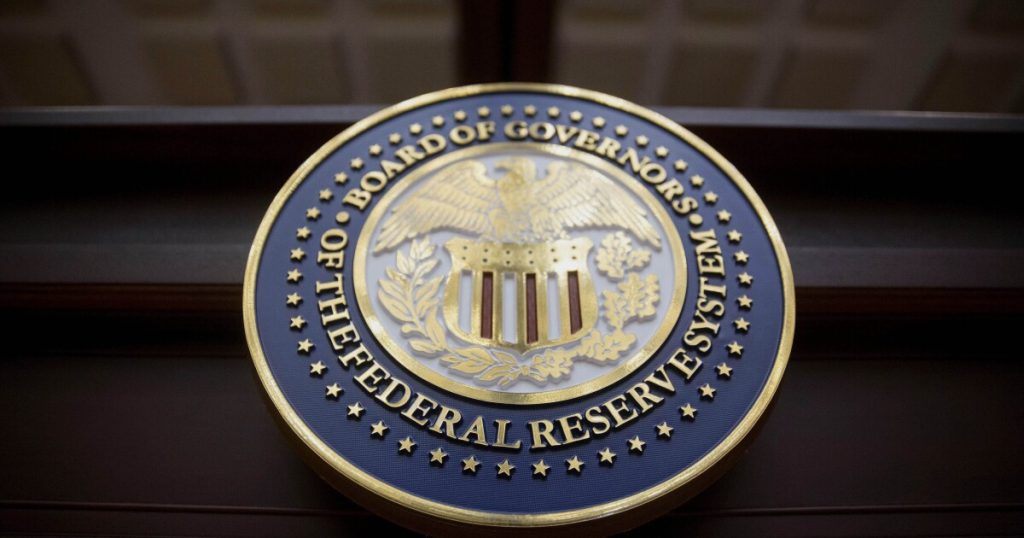- Key Insight: The Federal Reserve’s proposal would release the central bank’s back-end stress testing models, and is out for public comment through January 22, 2026.
- Expert Quote: “The Board’s stress testing program has operated with limited transparency, unreasonable year-over-year volatility, and the absence of any meaningful appeals process.” — Fed Vice Chair for Supervision Michelle Bowman.
- What’s at stake: Concern has been raised that if banks have an insight into how the models work then they can “game the result” to lower their capital requirements.
The Federal Reserve has opened the door to completely revealing its back-end stress-testing models used to test the largest U.S. banks’ resilience under economic pressure under a proposed rule published Friday.
The change would require the Fed to release detailed information about its stress-test models, scenario design process and future scenarios for public comment, a move the central bank has previously been wary of due to concerns that it could make the tests less meaningful as an indicator of banks’ resilience to unforeseen economic shocks. The board is set to vote on the proposal later Friday afternoon.
Ahead of the vote, the Fed published as part of the proposal what factors the central bank uses in its models, including the equations, variables and coefficients used in each model. The Fed is requesting that stakeholders provide comments on the models, with feedback to be reviewed after January 22, 2026.
A revamp of how the central bank carries out stress testing has been expected since Fed Vice Chair for Supervision Michelle Bowman
Bowman, in commentary published Friday, said the changes to the board’s stress-testing program would usher in transparency, which she said was lacking “since [the program’s] inception.”
“The Board’s stress testing program has operated with limited transparency, unreasonable year-over-year volatility, and the absence of any meaningful appeals process,” she said. “Despite these issues and the growing threat of litigation over the past few years, the Board did not take meaningful remedial action before I became the vice chair for supervision.”
Apart from Bowman, five other governors provided written statements accompanying the release. Federal Reserve Vice Chair Philip Jefferson and
Both Fed Gov. Christopher Waller and Fed Gov. Stephan Miran expressed support for the proposal, with the latter noting that he is for transparency but will “withhold final judgment on the 2026 scenario until seeing comments from the public.”
“I support the proposal because of its key feature, which is increased transparency,” Miran wrote. “The Federal Reserve’s stress test has been obscure since inception and has not yet faced the rigorous testing that disclosure and public comment will provide.”
Fed Chair Jerome Powell, in published commentary, refrained from sharing his thoughts on the matter, noting that the board committed to improving transparency of the stress tests and this is “a step in following through on that commitment.”
But not everyone was on board with the changes. Fed Gov. Michael Barr, who had served as vice chair for supervision until he
“I cannot support the package of changes to the supervisory stress test presented here today,” he said in a statement published Friday. “Disclosure of the models and scenarios will make the stress test weaker and less credible.”
Barr added that the proposed changes would make the stress test “less conservative,” leading to lower bank capital.
“The Board previously said it would not use this rulemaking to materially lower capital requirements, but making the models less conservative has that effect,” he said. “I believe today’s proposal will significantly weaken the stress test and, consequently, bank resilience.”

